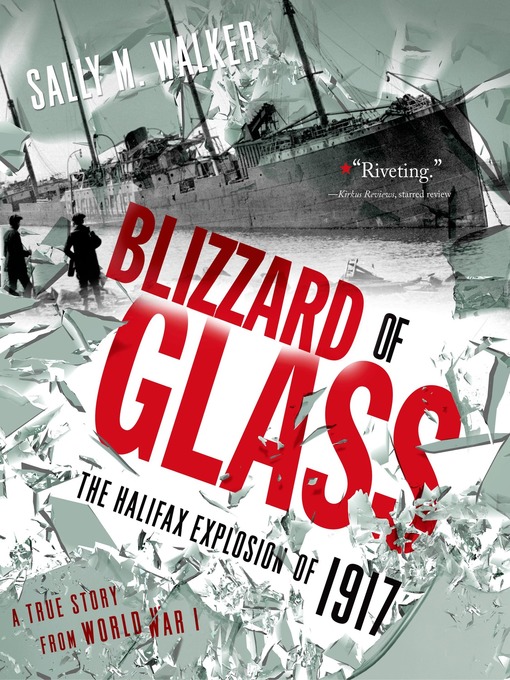On December 6, 1917, two ships collided in Halifax Harbour. One ship was loaded top to bottom with munitions and one held relief supplies, both intended for wartorn Europe. The resulting blast flattened two towns, Halifax and Dartmouth, and killed nearly 2,000 people. As if that wasn't devastating enough, a blizzard hit the next day, dumping more than a foot of snow on the area and paralyzing much-needed relief efforts.
Fascinating, edge-of-your-seat storytelling based on original source material conveys this harrowing account of tragedy and recovery.
This thoroughly-researched and documented book can be worked into multiple aspects of the common core curriculum.
- Available now
- New eBook additions
- New kids additions
- New teen additions
- Most popular
- Spanish Titles for Young Readers
- Try something different
- Explore All-Access Romance!
- Get Started With All-Access Comics!
- See all ebooks collections
- Available now
- New Audiobook Additions
- New kids additions
- New teen additions
- Most popular
- Try something different
- See all audiobooks collections




